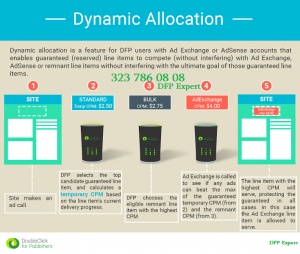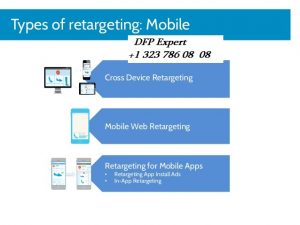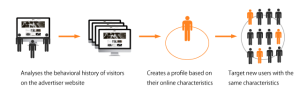DFP Course Online: Learning From The Learned
(DFP Course Online – Part 1)
DFP Course Online is a key for those people who want to generate full-scale ad revenue and what’s more important to optimize ad performance rates by using DFP. DFP is ad software designed to help Publishers increase their online business profit, and control the overall process of online advertising. One of the reasons why the priority is given to DFP is merely because DFP set up is free. But, although it is free, due to its multifunctional operating system DFP is complicated, and it requires a lot of time and efforts to figure out how DFP actually operates. 
Here, DFP Course Online comes to help. This course is a key for those people who want to generate full-scale ad revenue and what’s more to optimize ad performance rates by using DFP. Keep in mind, that DFP Course Online is intended not only for those who have basic knowledge about DFP but also for those who want to learn it. There is no age, gender, race limits or professional and other discriminations here. The key factor indispensable here is your wish to get into DFP Course Online.
DFP Course Online will give you a great opportunity to gain extensive knowledge of DFP and understand the main principles and tips of setting up and operating DFP.
We offer you a course, which will give you more than you actually pay for it.
DFP Course Online #Learning objectives
DFP Course Online will help you learn the basics of:
- Ad management
- How to sign up and get Google account for DFP
- How to register for Google AdSense
- How place up ads on your website and yield higher revenues
- How to sell your ads most proficiently
- How to control who can see your ads – target the preferred audience
- How to monitor the number of people of viewed and clicked on your ads
- How to make the ads appear precisely the way you intended
- How to navigate your orders
- How to navigate your inventory
- How to navigate your reports
- How to manage the level of your web trafficking
- How to manage your ad delivery
- How to improve and control your income rate
- How to run ads on your website
- How to burgeon your online business
- How to monetize each impression
- How to manage your dynamic allocation
- How to calculate your ad revenue




 marketing trends 2016 were complicated with their beauty and discrepancy, but those who are eager to keep up with the latest online marketing trends, strive to keep up with the unimaginably fast pace. Each year, new companies and industries make attempts to adapt to
marketing trends 2016 were complicated with their beauty and discrepancy, but those who are eager to keep up with the latest online marketing trends, strive to keep up with the unimaginably fast pace. Each year, new companies and industries make attempts to adapt to 





 You set a small piece of code on your website that is not noticeable to your website users and/or visitors so that it does not ruin your website design or performance. Each time a brand new visitors come to your site the code drops a cookie; an anonymous browser cookie. Then, when those visitors of yours already fallen into the cookie trap browse the web, that cookie will allow retargeting provider to know exactly when to show ads, again, making sure that ads are presented only to the visitors who previously were there on your site. This is very effective and efficient since it focuses your ads on people who have already checked out your brand and have shown interest.
You set a small piece of code on your website that is not noticeable to your website users and/or visitors so that it does not ruin your website design or performance. Each time a brand new visitors come to your site the code drops a cookie; an anonymous browser cookie. Then, when those visitors of yours already fallen into the cookie trap browse the web, that cookie will allow retargeting provider to know exactly when to show ads, again, making sure that ads are presented only to the visitors who previously were there on your site. This is very effective and efficient since it focuses your ads on people who have already checked out your brand and have shown interest.